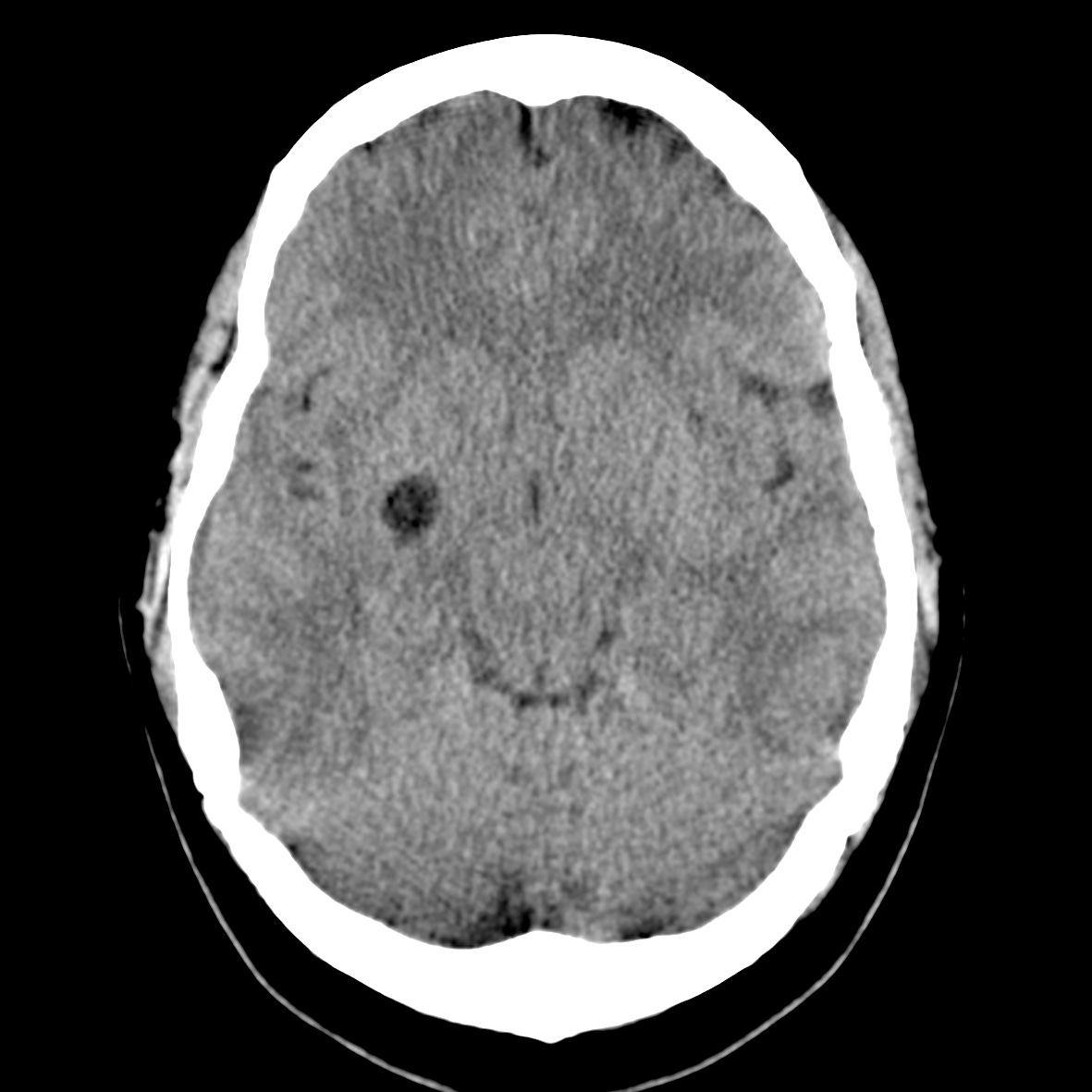Common incidental findings on head CT include arachnoid cysts, prominent arachnoid granulations, choroid plexus and choroidal fissure cysts, remote lacunar infarcts, focal encephalomalacia from prior infarct or trauma, and prominent perivascular spaces. The ventricles are often slightly asymmetric, and the septum pellucidum may contain a central CSF-filled cavity (cavum septum pellucidum). Unless symptomatic, these conditions usually do not require specific action or follow up.
Arachnoid cyst. CSF attenuation, extra-axial collection due to duplication of the arachnoid membrane, which compresses the adjacent brain and may smoothly expand the overlying calvarium. These are usually asymptomatic; however, larger cysts may predispose to hemorrhage in minor trauma or can cause symptoms by compression of the brain. Epidermoids can have a similar appearance on CT, but they have characteristically high signal on FLAIR MRI sequences.
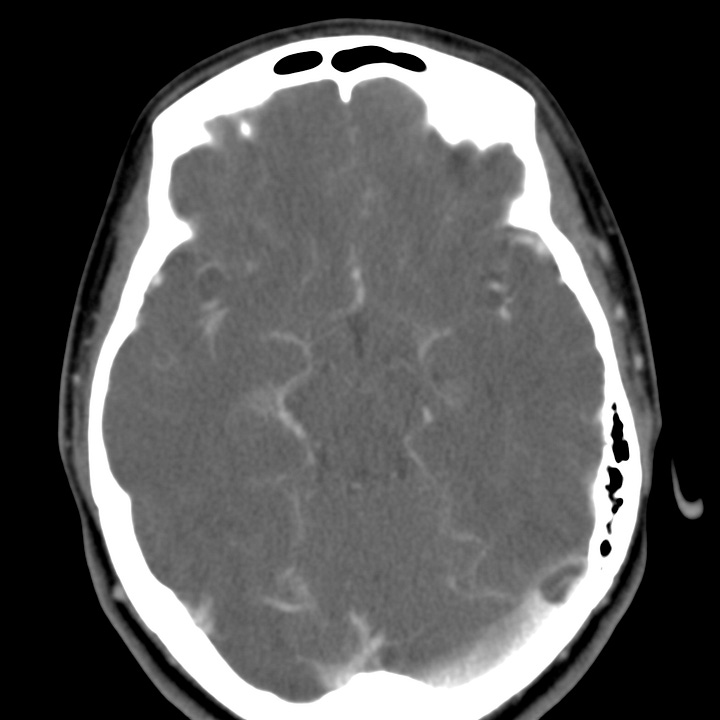
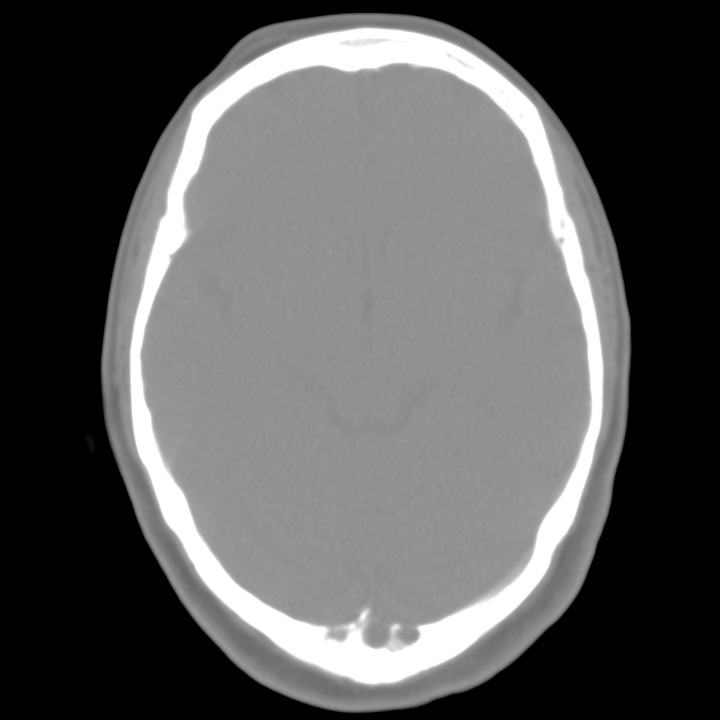
Arachnoid granulation. When visible, arachnoid granulations, which resorb CSF into the venous system, appear as filling defects in the opacified venous sinuses. They may also cause erosion of the bone adjacent to the sinus. Post contrast CT shows a round filling defect in the opacified left transverse sinus. Bone windows reveal smooth osseous erosions near the internal occipital protuberance.
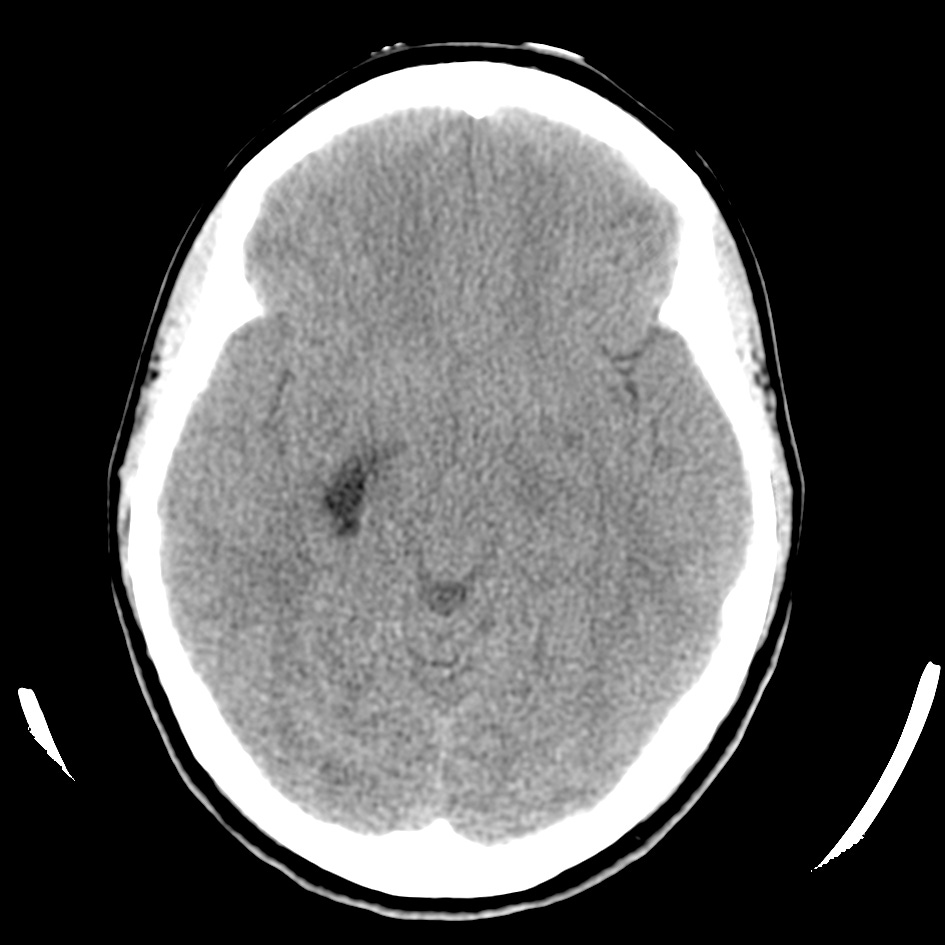
Choroidal fissure cyst. These small CSF attenuation cysts arise in the choroidal fissure and appear lat- eral to the midbrain or cerebral peduncle on axial images.
Enlarged perivascular space. 8-mm CSF attenuation space located in the right posterior putamen.
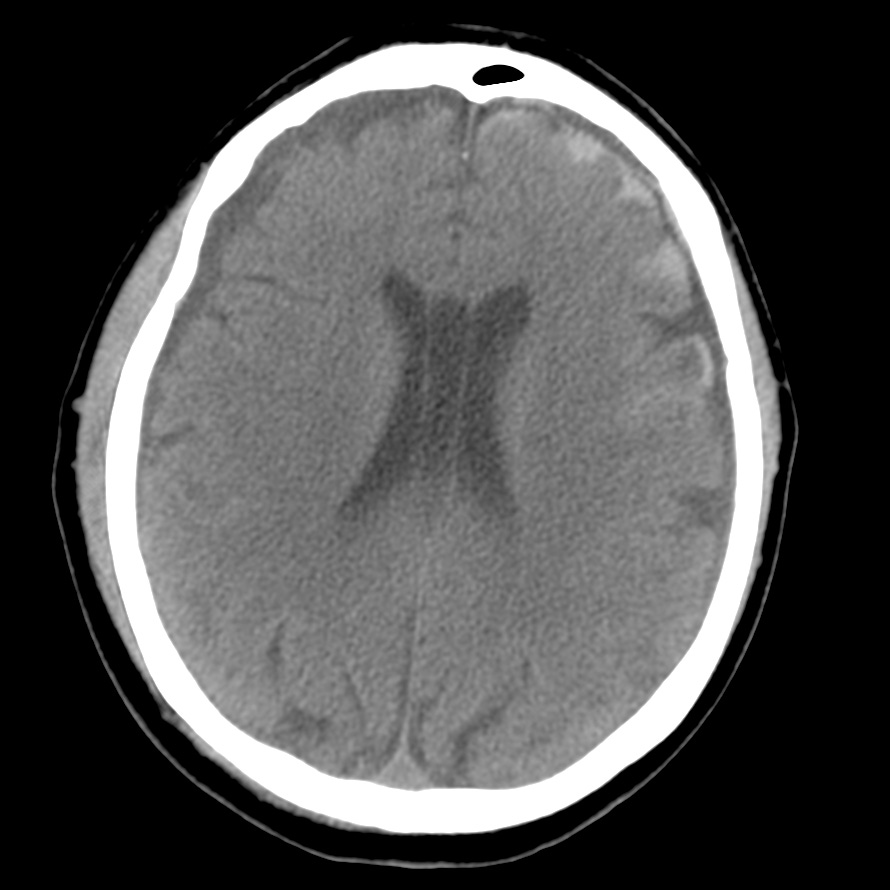
Incidental cavum septum pellucidum in a patient with head trauma. A developmental variant due to failed embryonic fusion of the leaves of the septum pellucidum, it is present in ~15% of individuals. This image also shows left frontal cortical contusions, traumatic subarachnoid hemorrhage, and subacute bifrontal subdural hygromas.




